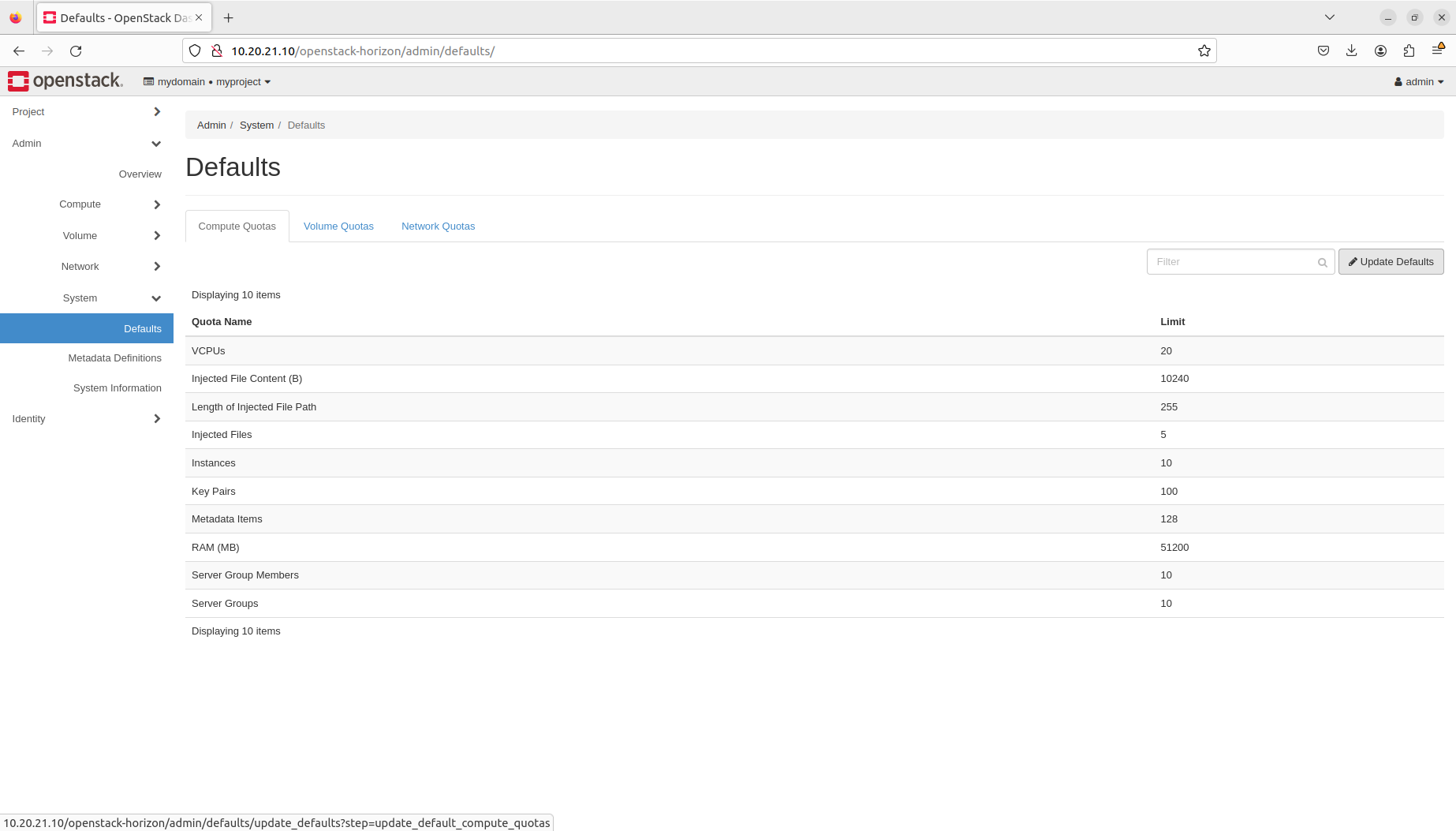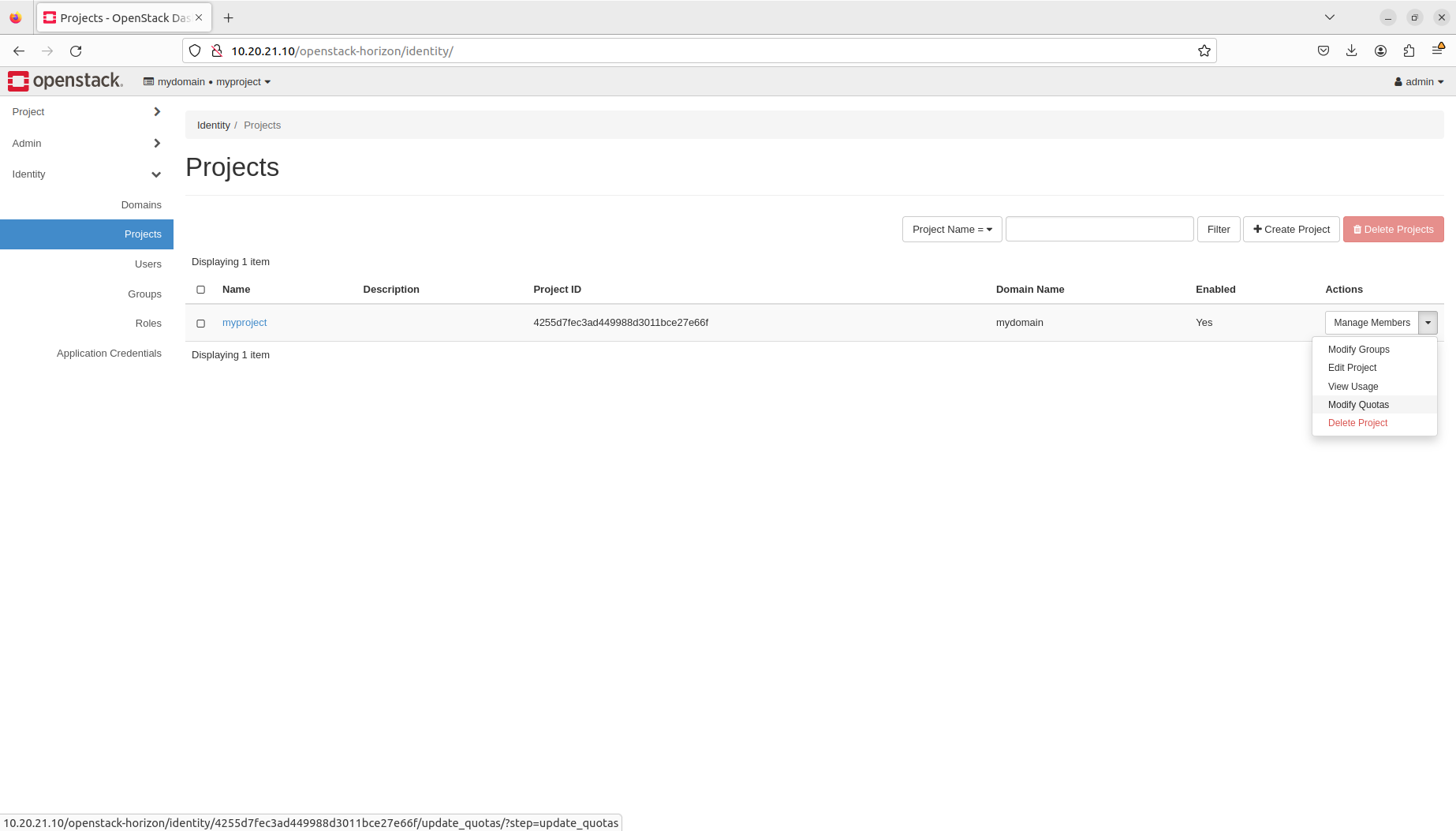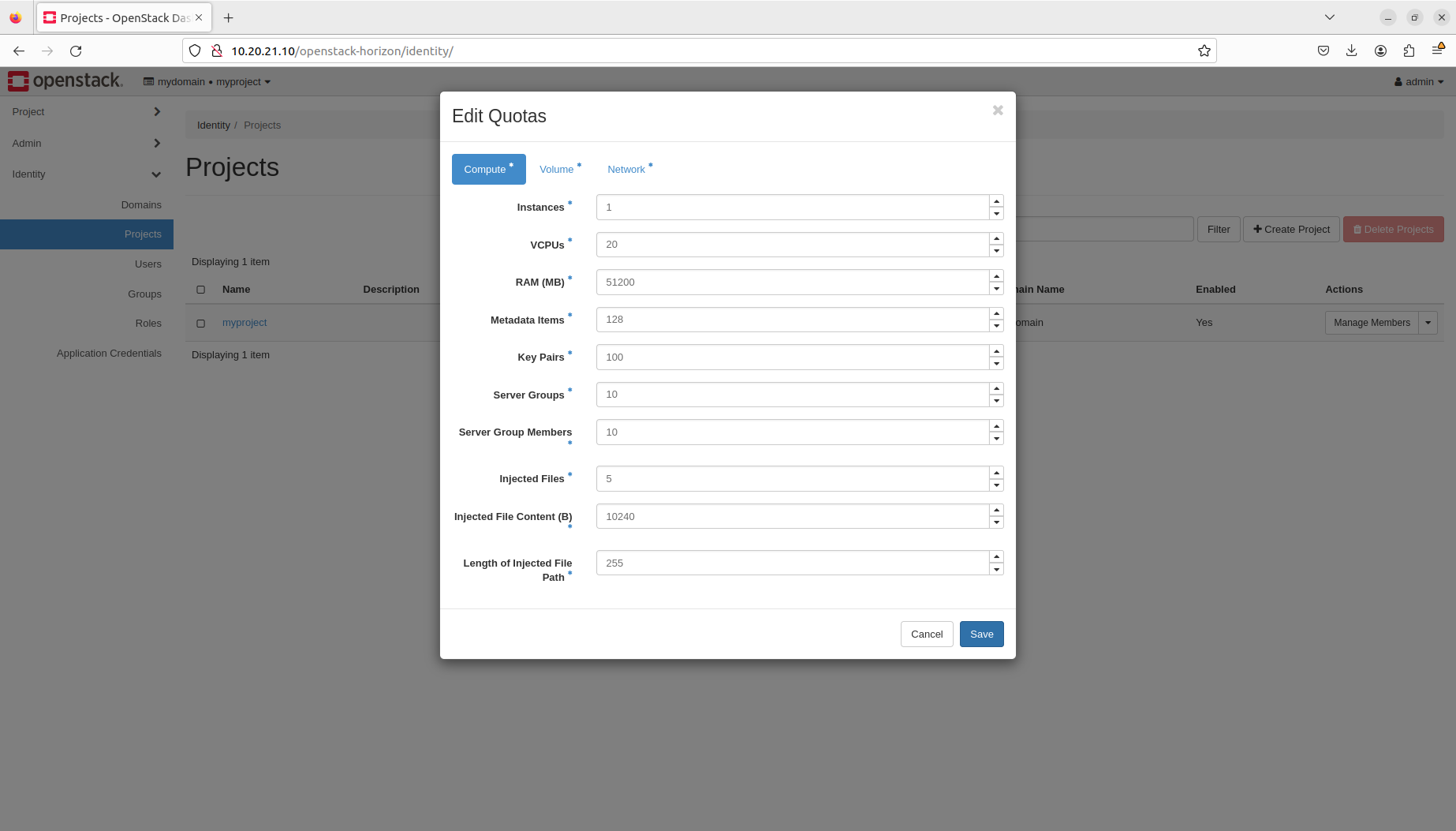Before you get started!
Welcome to OpenStack!
In this series of tutorials, we will walk you through all the necessary steps to install, configure and get started with OpenStack. Using just your workstation, you will learn how to use OpenStack for cloud infrastructure implementation purposes, from a single-node installation to large-scale clusters.
This tutorial is the eleventh in the “Phase I - Single-node OpenStack on your workstation” series.
What is OpenStack?
OpenStack is a collection of open-source projects designed to work together to form the basis of a cloud. OpenStack can be used for both private and public cloud implementation.
What is Sunbeam?
Sunbeam is an OpenStack project created to set the foundation for zero-ops OpenStack. By using highly opinionated architecture and native Kubernetes principles, Sunbeam delivers distilled OpenStack excellence on top of K8s.
What is MicroStack?
MicroStack (based on Sunbeam) is an OpenStack flavour designed for small-scale cloud environments, edge deployments, testing and development, with full commercial support available from Canonical.
In this tutorial, you will learn how to:
- Use quotas to limit access to resources in OpenStack
- Manage default quotas
- Manage per-project quotas
You will only need:
One fresh physical or virtual machine with:
- The latest Ubuntu LTS installed,
- Static IP address assigned to its primary network interface,
- OpenSSH server installed and configured,
- 4+ core amd64 CPU,
- 16 GB of RAM,
- 50 GB of storage,
- OpenStack cloud bootstrapped, configured and sample instance launched,
- OpenStack client set up,
- Sample identities created,
- Sample instance launched.





